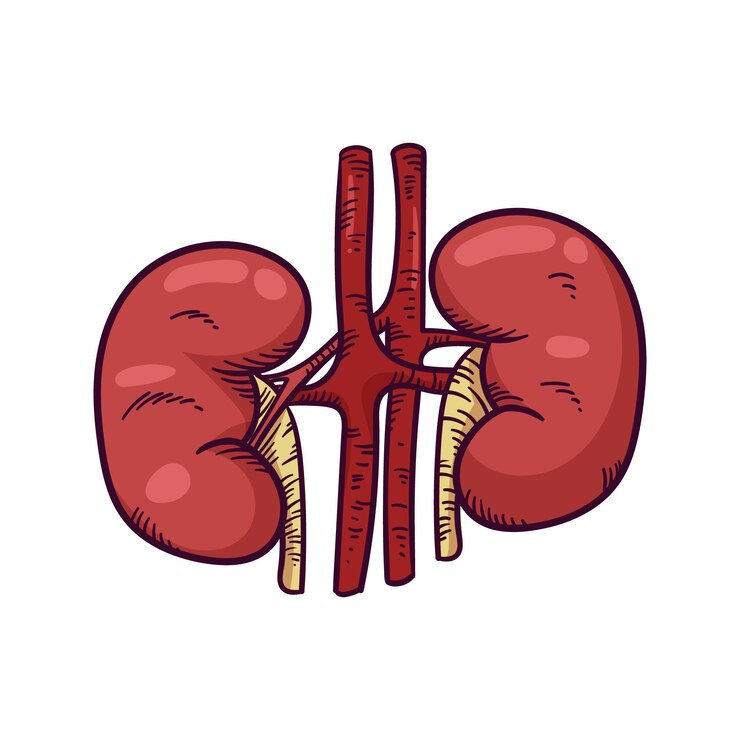
Kidney stones, a common urinary tract issue medically referred to as urolithiasis, affect roughly 10% of the population in India. While this condition can often be treated effectively with medications or surgery, understanding its causes, symptoms, and prevention is vital.
The kidneys, shaped like beans and located in the upper abdomen, play an essential role in filtering waste from the blood and producing urine. They also help maintain the body’s fluid balance. To generate one to two quarts of urine daily, the kidneys must filter nearly 200 quarts of blood.
The urinary tract consists of two kidneys, two ureters, a bladder, and a urethra. Urine flows from the kidneys to the bladder via ureters—tube-like structures—where it’s stored until it exits the body through the urethra.
Kidney stones form when salts and minerals, typically a mix of calcium oxalate and uric acid, stick together in the urine, creating stone-like structures. These stones form in the kidneys and pass through the urinary tract. Depending on their size, they can range from barely noticeable to extremely painful. Smaller stones, usually under 2 millimeters, often pass harmlessly in the urine. However, larger stones exceeding 5 millimeters can block the ureter, resulting in intense pain in the lower back or abdomen.
There are four primary types of kidney stones, and while small stones may go unnoticed, moderate-sized stones often produce symptoms. Common signs of kidney stones include severe pain, discomfort during urination, and changes in urinary habits.
Diagnosing kidney stones may involve tests like blood work, urine analysis, or imaging scans. Physicians might also ask about your family history, gastrointestinal issues, diet, and other health conditions. Treatment varies depending on the stone’s size and location. Small stones may be managed through hydration and medications, while larger stones might require intervention from a urologist or general practitioner.
One common treatment involves using a ureteroscope—an instrument inserted through the urethra and passed into the bladder and ureter. Smaller stones can be removed during the procedure, whereas larger stones are broken into smaller fragments before being extracted. After surgery, a nephrostomy tube may be temporarily placed in the kidney to help drain urine and residual matter into a collection bag. Patients typically need to stay in the hospital for a few days while recovering. Such procedures are performed under general anesthesia by experienced urologists.
Diet plays a crucial role in preventing kidney stones. Adopting healthy eating habits and taking precautionary measures can significantly lower your risk. Kidney stones don’t form overnight; they result from the long-term accumulation of calcium oxalate crystals or uric acid. By paying attention to your diet and staying hydrated, you can prevent this condition and maintain better urinary health.